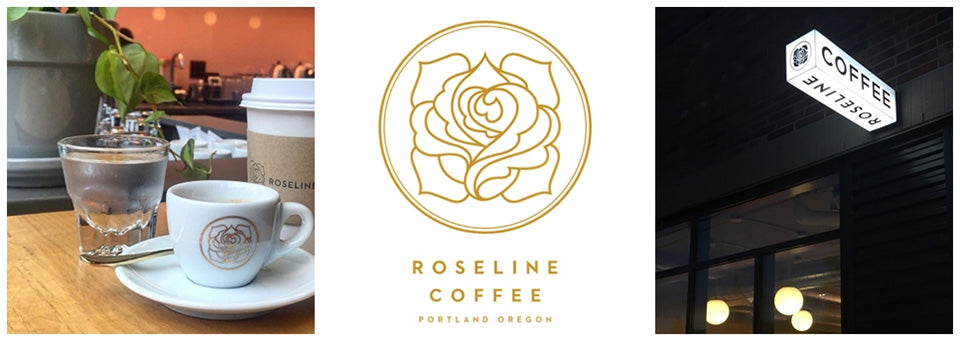Story
Two families in Chachagüí, Nariño and one in Yacuanquer have continued to experiment and perfect their natural processed coffee. Their commitment to these practices can be tasted in the distinctive juiceness of Chachagüí.
In Nariño, Colombia, three farmers have continued to experiment and perfect their natural processed coffees: Amparo Maya Guerrero and Juan Francisco Ortiz Sepulveda in Chachagüí, and Ruby Alida Paguatian Trejos in Yacuanquer. Their coffees come from a mix of Castillo, Caturra, and Colombia varieties, and were hand picked when the cherries reached their full ripeness. Initially, the cherries from these coffees underwent a dry fermentation for about 90 to 96 hours. They were then rinsed and dried. Following this, each producer undertook a different additional dry fermentation process. Amparo put the intact cherry into a parabolic dryer for 24 days while Juan Francisco placed them in a mechanical dryer for 5 days. Ruby dried her coffee on a patio for 15 days. These producers’ commitment to perfecting their craft through de-pulping methods, fermentation times, drying techniques, and washing styles can be tasted in the distinctive juiceness of Chachagüí.
Colombia Chachaguí
Colombia Chachaguí
Couldn't load pickup availability
Characteristics
Light
Juicy
Vibrant
Grape Candy, Strawberry Jam, Lambic
Amparo Maya Guerrero, and Juan Francisco Ortiz Sepulveda, Ruby Alida Paguatian
Amparo Maya Guerrero, and Juan Francisco Ortiz Sepulveda, Ruby Alida Paguatian
1900 - 2000 Masl
Castillo, Colombia, Caturra
Natural
Chachagüí, Colombia
Story
Two families in Chachagüí, Nariño and one in Yacuanquer have continued to experiment and perfect their natural processed coffee. Their commitment to these practices can be tasted in the distinctive juiceness of Chachagüí.
In Nariño, Colombia, three farmers have continued to experiment and perfect their natural processed coffees: Amparo Maya Guerrero and Juan Francisco Ortiz Sepulveda in Chachagüí, and Ruby Alida Paguatian Trejos in Yacuanquer. Their coffees come from a mix of Castillo, Caturra, and Colombia varieties, and were hand picked when the cherries reached their full ripeness. Initially, the cherries from these coffees underwent a dry fermentation for about 90 to 96 hours. They were then rinsed and dried. Following this, each producer undertook a different additional dry fermentation process. Amparo put the intact cherry into a parabolic dryer for 24 days while Juan Francisco placed them in a mechanical dryer for 5 days. Ruby dried her coffee on a patio for 15 days. These producers’ commitment to perfecting their craft through de-pulping methods, fermentation times, drying techniques, and washing styles can be tasted in the distinctive juiceness of Chachagüí.






